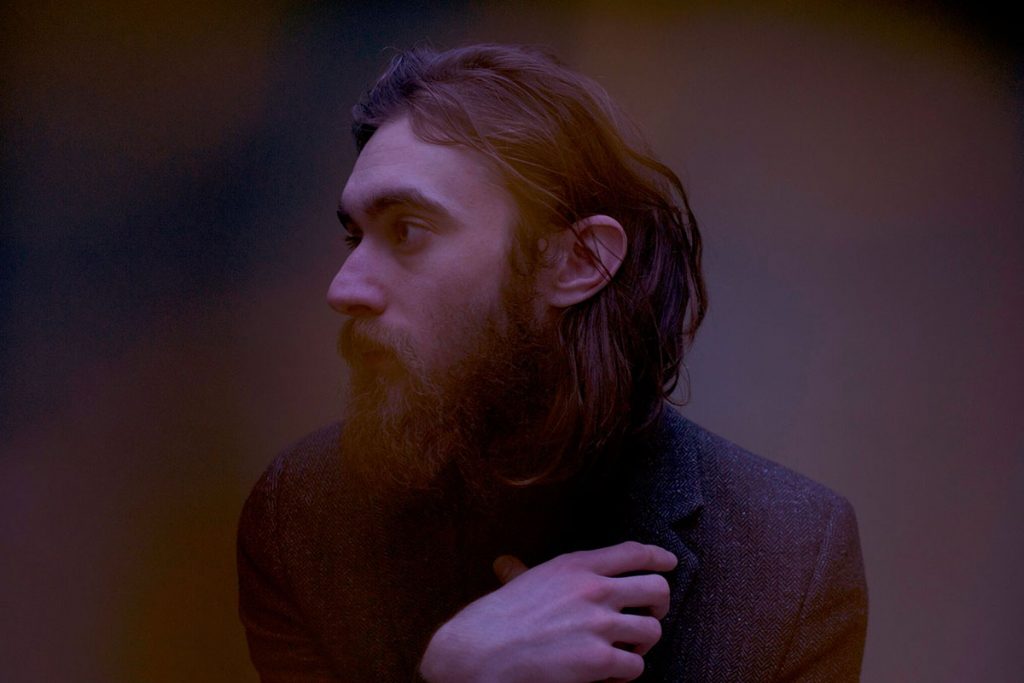
A conversation with Keaton Henson for New Scientist, 16 July 2018
What inspired your new composition Six Lethargies?
Keaton Henson Sad songs are something we all understand. I wondered if, instead of bringing people to tears, which can be quite cathartic, I could give them a direct musical experience of my anxiety disorder. When I used to perform live, I would distract myself from my anxiety by watching my audience – this group of 3000 strangers – and how they reacted to certain chord changes and certain inflections in my voice. You can really feel this happening. I became fascinated by the mechanisms of empathy.
And music is one of those mechanisms?
KH For sure. Every culture we know of dances around a fire. Our heartbeats sync up, we all follow this one rhythm, and we feel the tribe unite. If I explain my break-up in words, say, you will be able to understand to a degree what I’m going through. But if I write a piece of music and play it to you, you might just start crying, and that’s totally incredible because I’m not giving you any framework. I’m not necessarily reminding you of something from your past. It’s purely those patterns that are bringing you to tears.
KH The Britten Sinfonia are performing a piece in six movements, and five of these movements simply explain how I feel. But there’s also a movement that’s designed to elicit those feelings in the Barbican Hall audience, which is where Brendan comes in.
KH Brendan’s kit is set up so that a tiny pore on someone’s fingertip will control the hall’s huge lighting rig, in real time. It’s an amazing thing, and very beautiful. It can be a very uniting and comforting thing to be surrounded by people. At the same time, being surrounded by people you don’t know is a perfect breeding ground for anxiety. The more anxious you become, the more you feel, “Oh God, I’m anxious again, and everyone will notice!” Well, we’re going to be projecting people’s anxiety through the entire lighting rig of the Barbican Hall. This perfectly represents what anxiety is like.

And the more anxious the audience is, the more anxious you’re going to make them…
BW Yes. In the movement I’m working on, we’re not just trying to communicate. We’re trying to actually elicit a state of anxiety. We’re talking about having quiet rooms and ways to extract people if they feel panicked at any stage.
KH I’m hoping that Friday’s performance at the Barbican will be the first of many. We’re interested in trying different things for each show, including varying the type of data we gather, and who we choose to gather data from.
How much research went into this piece?
KH In particular I went to Canada to meet with a cognitive neuroscientist called Jessica Grant who studies the relationship between music, rhythm and emotion. But I’m a massive science nerd, and I’m wary of crossing too far into the realm of research. I wanted to use scientific thought and theory to help express what I’m feeling. I didn’t want *Six Lethargies* to become manipulative or sterile.
How did you go about composing Six Lethargies?
KH I kept asking myself, what’s the exact opposite of what I’m trying to achieve? It’s probably baroque music, because that’s all about resolving tension, again and again. It delivers these constant hits of relief. I don’t want to give too much away about the show, but a lot of it is going to be about what people think they’re going to get next — and what I can do to stop them getting it.
You could simply not turn up…
KH I’ve given myself certain limitations! For instance, I’m composing purely for string orchestra – believe me, you can do some really weird stuff with strings. And Six Lethargies is a tonal composition. Atonal music is everyone’s go-to method for inducing anxiety. But I’m a singer-songwriter. I write pop songs. I work with intervals and scales. I decided I would try to make an anxious piece while hitting all the proper notes.
“Proper” for whom?
KH Music is built out of the melody of speech, and the way our speech patterns convey emotion. We assume Western music is a sort of universally understood music that can convey emotion intuitively to all cultures, and as it turns out we’re not altogether wrong. Pretty much everyone around the world will hear the Moonlight Sonata and think, Wow, Beethoven must have been really sad when he wrote that.
Do people expect anxiety to sound a certain way?
KH A lot of people have been talking to me about Bernard Herrmann’s theme music for the film Psycho. And, naturally, I’ve avoided any suggestion of that in this project. I want to avoid anything that people might expect to hear. Anxiety is all about not knowing what is going to happen next.
Is that what it’s like to have your anxiety disorder?
KH In horror movies, when the terrifying thing bursts out of the door, you’re given this horrible fright which lasts a millisecond and is immediately followed by a sigh of relief. You’re pulling on a string and then releasing it. For me, that tension is never released. It’s like an infinite rollercoaster, just building up, and up, and the higher it gets, the more you realise the drop is going to be very steep indeed…
